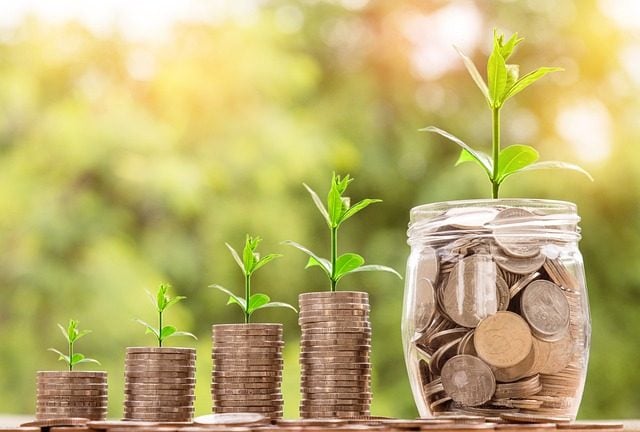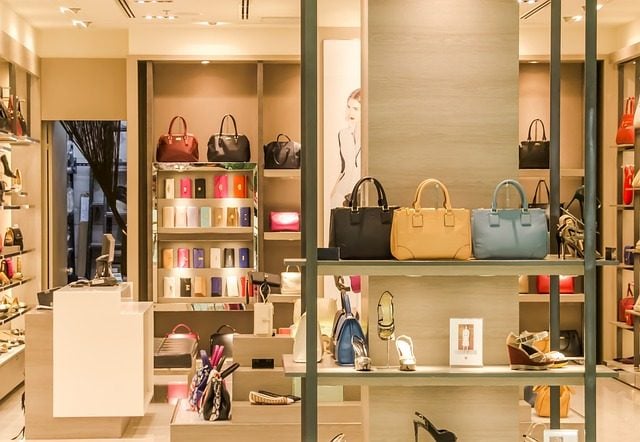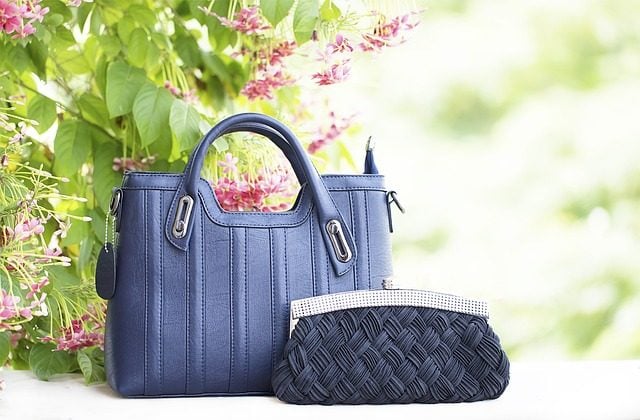BLOGS
Secret Investment: Your Spouse’s Designer Bags
Designer bags are often seen as a status symbol, but they can also be an asset. Read on to learn how your wife’s designer bag collection could be an investment.
Designer bags are more than just a symbol of style and luxury; they can also be seen as a form of investment. Many women, including your wife, may have an extensive collection of these high-end accessories. But the question is, can your wife’s designer handbag collection actually be considered an investment? Whether these are Louis Vuitton bags or Chanel bags, let’s delve into this topic and see what we can uncover.
Understanding Investment
Definition of Investment
Investment, in its simplest sense, is the act of allocating resources with the expectation of generating an income or profit. It involves the commitment of money or capital to purchase financial instruments or other assets to gain profitable returns in the form of interest, income, or appreciation of value. These resources can include cash, stocks, bonds, real estate, or even intellectual property.
Identifying Good Investments
Good investments typically involve less risk and offer higher returns. They are liquid, meaning they can be easily converted to cash when needed. Additionally, they yield a consistent income stream, providing a steady source of revenue over time. Furthermore, good investments tend to appreciate in value, increasing their worth and potential for future profits.
Now, let’s apply this definition to designer bags. While designer bags may hold value and be considered luxury items, they may not fit the traditional definition of a good investment. Unlike financial instruments or real estate, designer bags are not easily convertible to cash and may not yield regular income. Their value may fluctuate based on trends and demand, making them more of a personal indulgence or fashion statement rather than a reliable investment vehicle.

Designer Bags as an Investment
The Market for Designer Bags
The market for designer bags has experienced remarkable growth and expansion over the years. According to Bain & Company, a leading global consultancy, the luxury goods market, which encompasses designer bags, is projected to reach a staggering €320 billion by 2025. This exponential growth can be attributed to the increasing demand from consumers who not only consider these bags as fashion statements but also as coveted status symbols that reflect their taste, style, and affluence.
Price Appreciation of Designer Bags
In addition to their allure and prestige, certain designer bags have gained a reputation for their exceptional investment value. Take, for example, the iconic Hermès Birkin bag, which has consistently outperformed traditional investment benchmarks such as the S&P 500 and the price of gold over the past three and a half decades. A comprehensive study conducted by Baghunter revealed that the Birkin bag boasted an impressive annual return of 14.2%, far surpassing the average return of 8.65% for the S&P 500 and even outshining gold’s -1.5% return during the same period.
These findings highlight the enduring appeal and financial potential that a particular classic bag style, particularly the legendary Hermès Birkin, holds for both fashion enthusiasts and astute investors.
Factors Influencing the Value of Designer Bags
Brand and Exclusivity
When considering investing in luxury handbags, it’s important to note that not all bags are created equal. The brand and exclusivity of a shoulder bag play a crucial role in its potential for appreciation. For instance, renowned brands like Chanel, Hermès, and Louis Vuitton are known not only for their exquisite craftsmanship but also for their rich heritage and limited production. These factors often contribute to their ability to retain value and even appreciate over time. So, if you’re looking to make a solid investment, it’s worth considering bags from these esteemed brands.
Condition and Care
In addition to brand and exclusivity, the bag’s condition is another critical factor to consider. Investment bags that have been well-maintained and are in excellent condition are more likely to retain their value in the long run. Regular cleaning, proper storage, and minimal wear and tear are all factors that contribute to a bag’s resale value. Taking good care of your bag not only ensures its longevity but also safeguards your investment.

Material and Craftsmanship
The material from which the bag is made and the quality of craftsmanship significantly affect its value. Designer bags made from high-quality, durable materials like leather or exotic skins tend to hold their value better than those made from less durable materials. The intricate details, stitching, and finishes in a luxury handbag also attest to its quality and affect its worth.
Rarity and Limited Editions
Rarity can highly influence a bag’s value. Limited edition bags or those discontinued are often sought-after pieces in the resale market, commanding higher prices due to their scarcity. Collectors and fashion enthusiasts are often willing to pay a premium for these unique pieces, increasing their value over time.
Age and Vintage Appeal
Older, vintage designer bags can hold significant value, especially those from coveted fashion houses or famous designers. These classic handbag styles often have a unique appeal, embodying the fashion trends and craftsmanship of their time, making them highly attractive to collectors. Therefore, the age of an everyday bag, if it’s been well-maintained, can positively influence its value.
Selling Designer Bags
Timing and Platform
The success of selling a designer bag for a profit depends on timing and the platform used to sell. Online marketplaces specializing in pre-loved luxury goods, like The RealReal and Vestiaire Collective, can help in finding the right buyer willing to pay a premium.
Authentication
Authentication is key when selling designer bags. Buyers need to be assured that they’re purchasing an authentic piece. Most reselling platforms offer authentication services, ensuring the bag’s genuineness and helping it fetch a higher price.
Condition and Presentation
The bag’s condition and how it’s presented can significantly impact its selling price. A well-maintained mini bag with minimal signs of wear will naturally fetch a higher price. Photograph it well, capturing all angles and details, and be transparent in your description to earn buyers’ trust.
Pricing Strategy
Setting the right price requires research. Compare your bag with similar pieces on various platforms, considering factors like brand, age, condition, and rarity. Remember that while you want to make a profit, an exorbitantly high price may discourage potential buyers.
After-Sale Service
Even after a successful sale, your responsibility doesn’t end. Ensure the bag is properly packaged and shipped on time. Provide tracking details to the buyer and be available for any post-purchase queries or concerns. This not only builds trust but may also lead to repeat business.

Tips When Investing In a Designer Bag
Designer handbags can be an enticing investment, but it’s important to do your homework before investing. Consider factors such as age, rarity, condition, and brand when selecting a bag. Be mindful of how the market fluctuates for different designer brands and price points. Look out for limited editions or discontinued pieces that may yield higher returns. Finally, buy from authorized retailers and keep all original documents for proof of authenticity.
Also, be sure to get a professional appraisal for higher-value items. This will ensure that the luxury bag is properly assessed in terms of its market worth and condition. To further protect your investment, store it in a dust bag when not in use and keep it away from moisture. With these tips, you can make an informed decision when investing in designer bags, whether it be a Dior saddle bag or a Fendi baguette bag.
Final Thoughts
So, is your wife’s designer bag collection actually an investment? It could be, depending on the brands she collects, how well she takes care of them, and how savvy she is about selling them. While it may not be a traditional form of investment like stocks or bonds, designer luxury bags can offer substantial returns if handled correctly. However, it’s essential to remember that while bags can indeed appreciate in value, this should not be the sole reason for purchasing them. After all, a designer bag’s primary function is to be a cherished accessory that brings joy and confidence to its owner.
Suggested Read: Southeast Asian Furniture Brands That Support Local Craftsmanship
Suggested Read: Must-Have Beach Essentials This Summer 2023
Suggested Read: Rare Craftsmanship: Italian Item Collections
Suggested Read: How To Take Care Of Your Designer Bags
Suggested Read: Hermes Versus Prada















